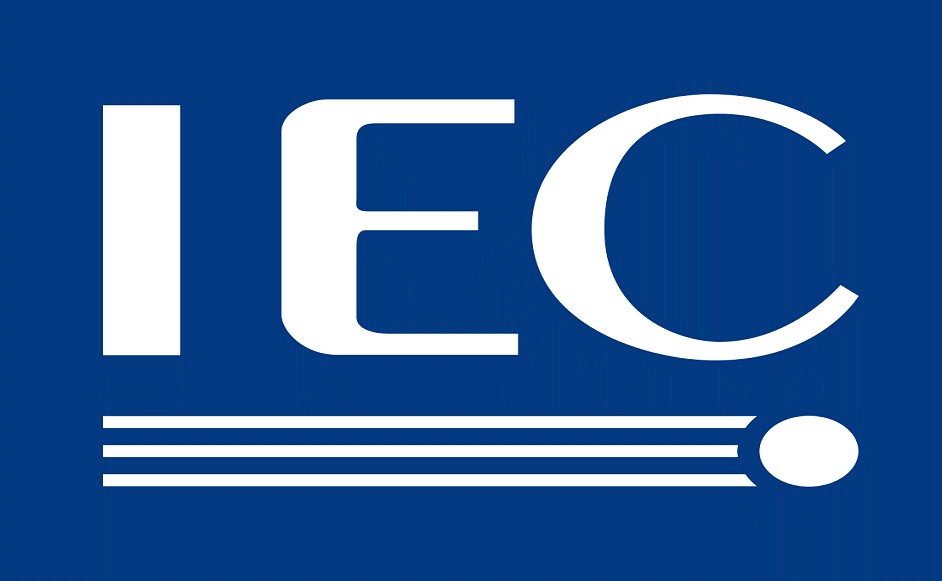HC charge-limit vote pushed to mid-March
November 29, 2018

The IEC’s final vote will determine whether a 500-g charge limit is enacted as an international standard.
The International Electrotechnical Commission (IEC) will cast its final vote on whether to increase the charge limit for A3 (flammable) refrigerants in mid-March rather than by the end of the year.
The charge-limit increase to 500 g from 150 g will apply to hydrocarbons like propane and isobutane in commercial refrigeration equipment under the IEC global standard 60335–2–89. The higher charge would likely widen the use of hydrocarbons as natural refrigerants worldwide.
The final vote, known as the Final Draft International Standard (FDIS) phase, represents the last step in a lengthy standards process.
The FDIS vote had been expected by the end of 2018 but “is not ready yet,” said Marek Zgliczynski, Embraco’s manager of commercial refrigeration product engineering, who chairs the IEC SC61C subcommittee. “It will go to IEC Central Office for translation and editorial revision by mid December. So the vote will happen probably in mid-March, not earlier than this.”
In the FDIS phase, the charge-limit document is circulated to the National Committees for a two-month voting period. An FDIS is approved if a two-third majority of P (Participating)-members vote to approve and if less than 25% of all votes submitted are negative. If the document is approved, it progresses to the final publication stage and could be published in the first half of 2019; if it is not approved, it is referred back to a technical committee or subcommittee to be reconsidered.
To get to this stage, national committees in the IEC agreed in July by a 75% ‘yes’ vote in what was called the CDV (Committee Draft for Vote) to increase the charge limit to 500g.
That was followed by approval from the SC61C subcommittee in October at a meeting in Busan, South Korea, where the subcommittee analyzed comments received from the national committees during the CDV stage.


